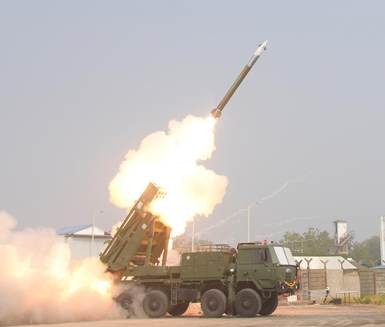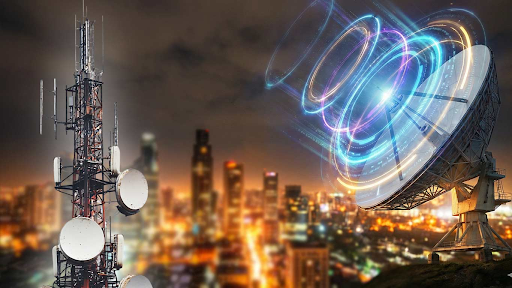



Indian innovators are advancing sodium-ion batteries, achieving 80% charge in 6 minutes and 3,000+ cycles. With abundant sodium, enhanced safety, and lower costs, they promise energy independence. Despite lower energy density and scaling challenges, they support rural electrification, EVs, and grid storage, aligning with India’s Atmanirbhar Bharat vision.

Copyright infringement not intended
Picture Courtesy: INDIAN EXPRESS
Indian innovators are accelerating sodium-ion battery development as a strategic alternative to lithium-dominated energy storage.
India is developing sodium-ion battery technology as a strategic alternative to lithium-ion batteries, with developments achieving 80% charge in just 6 minutes and over 3,000 charge cycles. This technology represents a significant step toward energy independence and sustainable storage solutions.
The global sodium-ion battery market, estimated at $270.1 million in 2024, is projected to reach $2.01 billion by 2030 with a CAGR of 24.7%, according to Markets and Markets. Indian research and development efforts aim to position the country at the forefront of this revolutionary technology shift.
Energy Security => Sodium-ion battery development represents a strategic shift toward energy independence, reducing dependence on lithium imports and Chinese supply chains. The technology aligns with renewable energy goals and rural electrification initiatives.
Policy & Economic Impact => The development of indigenous sodium-ion technology supports Atmanirbhar Bharat initiative.
The US-China trade tensions have created new opportunities for sodium-ion battery adoption. Lithium tariffs and supply chain uncertainties are driving investment in alternative technologies. The technology race is intensifying, with each player focusing on different market segments and applications.
Must Read Articles:
Source:
|
PRACTICE QUESTION Q. What primarily distinguishes lithium-ion batteries from sodium-ion batteries in terms of energy density? A) Lithium-ion batteries have higher energy density due to lithium's smaller atomic size. B) Sodium-ion batteries store more energy because sodium atoms are heavier. C) Both batteries have identical energy densities but differ in cost. D) Sodium-ion batteries outperform lithium-ion batteries in energy density. Answer: A Explanation: Lithium-ion batteries have a higher energy density compared to sodium-ion batteries because lithium ions are smaller, allowing them to pack more energy into the same space. |









© 2026 iasgyan. All right reserved